Before delving into the specifics of pips, let's first understand the basics of forex trading. Forex, short for foreign exchange, is the decentralized market where global currencies are traded. It involves buying one currency and simultaneously selling another, capitalizing on the fluctuations in exchange rates to make profits.
What are Pips?
Pips, an acronym for "percentage in point" or "price interest point," represent the smallest unit of measurement in forex trading. They indicate the price movement of a currency pair and are used to calculate profits and losses.
Pips are a unit of measurement in the forex market used to calculate the price movement of currency pairs. The term "pip" stands for "percentage in point" or "price interest point." It represents the smallest incremental change in the exchange rate of a currency pair. Most currency pairs are quoted to the fourth decimal place, with one pip equal to 0.0001.
To put it in simple terms, pips are the digits that change on your trading platform's price chart. They are crucial for understanding and tracking the profitability of your trades. Let's delve deeper into the significance of pips in forex trading.
Significance of Pips
Pips play a vital role in forex trading as they determine the potential profit or loss of a trade. Each pip movement reflects a specific gain or loss in the value of a currency pair. Understanding pips is essential for managing risk, setting stop-loss levels, and calculating potential rewards.
How Pips are Calculated
Pips are calculated by measuring the price movement of a currency pair. For most currency pairs, a pip is represented by the fourth decimal place, except for Japanese yen pairs, where it is represented by the second decimal place. The difference between the current and previous exchange rate determines the number of pips gained or lost.
The Importance of Pips in Forex Trading
Understanding pips is crucial for forex traders as they directly impact profit and loss calculations. By monitoring the number of pips gained or lost, traders can evaluate the performance of their trades and make informed decisions.
Pips serve as a measurement tool to evaluate the success or failure of a trade. They help traders determine the entry and exit points for their positions. By monitoring pip movements, traders can assess the volatility of currency pairs and make informed decisions based on market conditions.
Additionally, pips are directly linked to the concept of leverage. With leverage, traders can control larger positions with a smaller investment. Since pip values vary based on the currency pair and the lot size traded, it is crucial to comprehend the pip value of each trade to manage risk effectively.
Calculating Pips
To calculate the value of a pip accurately, you need to consider the decimal place of the currency pair's quote. The formula for calculating the value of a pip differs for different currency pairs.
Here is a step-by-step guide to help you calculate pips:
Identify the currency pair you are trading.
Determine the decimal place of the currency pair's quote.
Multiply the pip value by the position size and exchange rate.
Adjust the final value according to the base currency of your trading account.
Understanding how to calculate pips is crucial for risk management and profit optimization. By knowing the value of each pip, traders can set appropriate trade sizes and make informed decisions based on potential profits or losses.
Pips and Profitability
The number of pips gained or lost directly affects your trading profitability. Profits and losses are measured in terms of pips, allowing traders to evaluate the success of their trades accurately. Let's explore how pips impact your trading results.
Impact on Trading Results
A positive pip movement indicates a profit, while a negative pip movement represents a loss. The size of the profit or loss depends on the number of pips gained or lost and the position size traded.
For example, if you enter a long trade on a currency pair and it moves in your favor by 50 pips, you will earn a profit. Conversely, if the trade moves against you by 50 pips, you will incur a loss. The larger the pip movement, the greater the potential profit or loss.
By understanding the relationship between pips and profitability, traders can manage their expectations, set realistic targets, and implement effective risk management strategies.
Types of Forex Pairs
Forex pairs are categorized into three main types: major currency pairs, cross currency pairs, and exotic currency pairs. Each type has its characteristics and trading dynamics.
Major Currency Pairs
Major currency pairs consist of the most frequently traded currencies worldwide, paired with the US dollar. These pairs include EUR/USD, GBP/USD, USD/JPY, USD/CHF, and USD/CAD.
Cross Currency Pairs
Cross currency pairs, also known as minor currency pairs, do not involve the US dollar. They consist of two major currencies other than the US dollar, such as EUR/GBP, EUR/JPY, and GBP/JPY.
Exotic Currency Pairs
Exotic currency pairs involve one major currency and one currency from an emerging or developing economy. Examples include USD/TRY, USD/ZAR, and EUR/TRY.
Pips and Lot Sizes
Lot size refers to the volume of a trade in forex. The number of pips gained or lost depends on the lot size used.
Different Lot Sizes in Forex Trading
Forex trading offers different lot sizes, including standard lots, mini lots, and micro lots. Each lot size represents a different value per pip movement.
Mini Lots and Micro Lots
Mini lots and micro lots allow traders to participate in the forex market with lower capital requirements. They offer flexibility and risk management options for traders with smaller account sizes.
Calculating Profits and Losses in Pips
To calculate profits and losses in pips, traders need to consider the number of pips gained or lost and the lot size used in the trade. This calculation helps traders assess their performance accurately.
Factors Affecting Pip Value
Several factors influence the value of a pip, including the currency pair being traded, the lot size, and the exchange rate.
Pip Value Calculation Examples
Let's explore a few examples to understand how pip values are calculated based on different currency pairs and lot sizes.
Example 1:
Currency Pair: EUR/USD
Lot Size: Standard Lot (100,000 units)
Exchange Rate: 1.2000
Pip Value: $10
Example 2:
Currency Pair: USD/JPY
Lot Size: Mini Lot (10,000 units)
Exchange Rate: 110.50
Pip Value: ¥1000
Using Pips in Risk Management
Pips play a crucial role in risk management strategies. Traders can set stop loss and take profit levels in pips to control potential losses and secure profits.
Setting Stop Loss and Take Profit Levels in Pips
Stop loss and take profit levels are predetermined price levels where traders exit their positions. By setting these levels in pips, traders can manage their risk effectively.
Pips and Position Sizing
Position sizing refers to the determination of the appropriate trade size based on risk tolerance and account balance. Pips are used in position sizing calculations to optimize risk and potential returns.
Pip Movement and Volatility
Pip movement is influenced by market volatility. Understanding the relationship between pips and volatility helps traders gauge potential price fluctuations and adjust their strategies accordingly.
The Relationship Between Pips and Leverage
Leverage amplifies both potential profits and losses in forex trading. The impact of pips on account balance is magnified when leverage is applied.
Pip Spread and Trading Costs
Pip spread refers to the difference between the buy and sell price of a currency pair. It directly affects trading costs and should be considered when evaluating potential trades.
Strategies for Profiting from Pips
Numerous trading strategies can be implemented to capitalize on pips. The choice of strategy depends on individual trading preferences and market conditions.
Scalping Strategies
Scalping strategies aim to capture small price movements within short timeframes. Traders employing scalping strategies focus on accumulating small gains through multiple trades.
Swing Trading Strategies
Swing trading strategies involve capturing medium-term price swings. Traders holding positions for a few days to weeks aim to profit from larger price movements.
Long-Term Trading Strategies
Long-term trading strategies revolve around identifying significant market trends and holding positions for an extended period. Traders employing this strategy focus on capturing substantial price movements over months or even years.
pips are a vital component of forex trading. They represent the smallest price movement in currency pairs and significantly impact your trading profitability. By understanding the concept of pips, calculating their value, and recognizing their role in determining profits and losses, you can make more informed trading decisions.
Remember, successful trading requires a comprehensive understanding of various factors, including pips, lots, leverage, and risk management. Continuously educate yourself, practice in demo accounts, and seek guidance from experienced traders to improve your trading skills.
What is the difference between pips and points in forex trading?
Points and pips are often used interchangeably in forex trading. Both terms refer to the smallest incremental change in the exchange rate. However, some traders may use "points" when referring to fractional pip movements, such as 0.1 pips.
How do I know the value of a pip in my trades?
The value of a pip depends on the currency pair, lot size, and the base currency of your trading account. You can use online pip calculators or consult your broker's trading specifications to determine the pip value accurately.
Can I trade forex without considering pips?
Considering pips is essential for effective risk management and profit optimization. Ignoring pips may lead to inaccurate position sizing, unrealistic profit targets, and inadequate risk assessment.
Are pips the same for all currency pairs?
No, pip values vary across different currency pairs due to the differences in exchange rates and decimal places. It is important to understand the pip value specific to the currency pair you are trading.
How can I minimize losses caused by unfavorable pip movements?
To minimize losses, traders can implement stop-loss orders to automatically close trades at predetermined levels.
Additionally, using proper risk management techniques, such as setting appropriate trade sizes and diversifying your portfolio, can help mitigate the impact of unfavorable pip movements.
By understanding these frequently asked questions, you can enhance your knowledge of pips and their significance in forex trading.
Remember, forex trading involves risk, and it is crucial to conduct thorough research, seek professional advice, and practice in demo accounts before committing real capital.
With this guide, you now have a solid foundation in understanding pips in forex trading. Apply this knowledge to enhance your trading strategies and make informed decisions to achieve your financial goals.
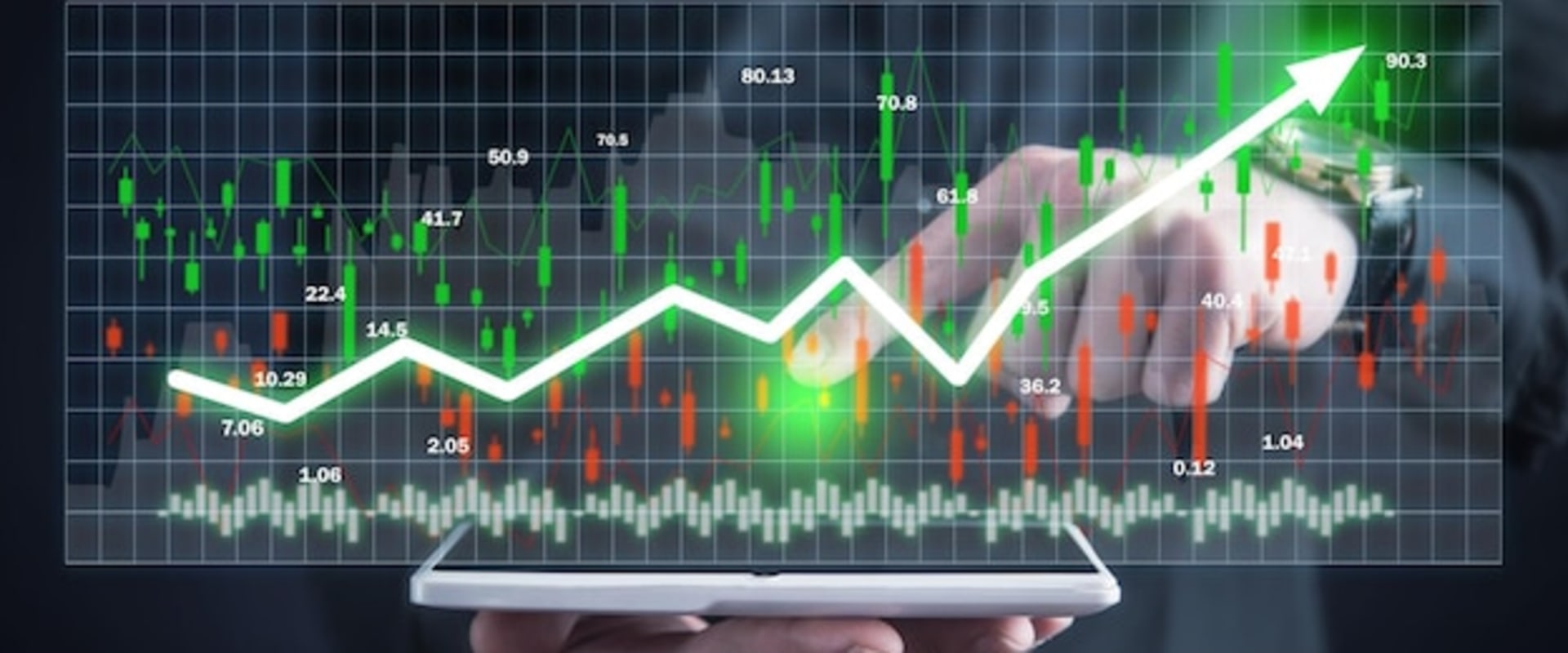
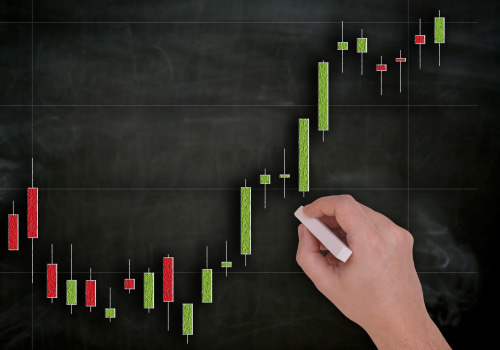
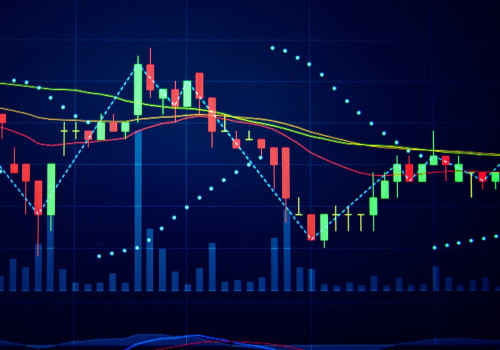
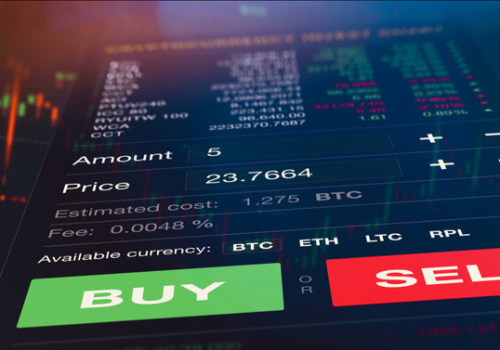


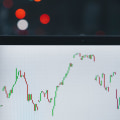
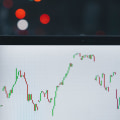


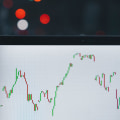

Leave Reply